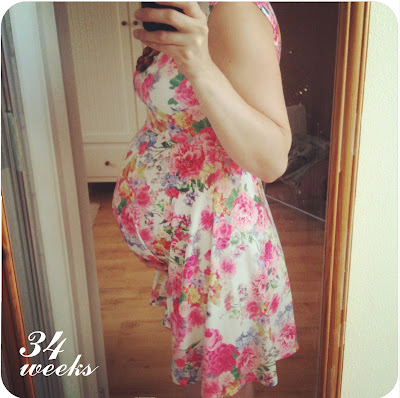
The actual date may be any time from 38 to 42 weeks in most pregnancies. Some doctors will refer to your due date as 'expected date of confinement' or EDC. Please remember that the result will not necessarily be the day that your baby arrives. Comparatively, 61.6 of non-induced babies arrived within one week of their due date. Only 4.3 of babies of surveyed moms arrived on their due date. Note that this assumption is for a regular 28-day cycle (cycles can vary from 20 to 45 days), and the menstrual period and ovulation are considered to be the first two weeks of pregnancy. What is the probability of giving birth within X days of your due date Babies don’t always come on their due dates, but they usually come sometime around it. You can use the Pregnancy, Birth and Baby due date calculator to work out when your baby is due. When using this method, the due date is calculated by adding 280 days (or 9 months, the common length of a pregnancy) to the first day of your last menstrual period. The most important part of that link is that your date can be transformed like this: 'adddays(utcnow(),-14)' The thing to remember when trying to search for answers is that queries are done using ODATA format now. The first thing our due date calculator tells you is, of course, your estimated due date. For many years, a baby was defined as being born at term if it was born between 37 weeks 0 days and 41 weeks 6 days.
Weeks according to due date free#
To help, we’ve created the free Mama Natural Pregnancy Week-by-Week series. An IVF pregnancy due date is typically two weeks shorter since there is no two-week buffer as with a natural conception. The best timing for an ultrasound to determine the due date is between 8 weeks and 13 weeks 6 days. Pregnancy is exciting, and it’s fun to use tools like the reverse due date calculator to learn as much as you can about that tiny human growing inside of you. Ultrasound scans can be done at any stage of pregnancy after the first 6 weeks. If your periods are irregular or you are unsure of the date, an ultrasound will help determine the development of the embryo and your due date.



Although the average woman ovulates (releases an egg) approximately 2 weeks after her period, the exact time is not always known. 3 day FET Transfer date + 266 days (or 38 weeks) 3 days (for embryos).A baby born before 37 weeks is considered to be premature and anything past 42 weeks is considered overdue.ĭue dates are usually calculated on your last period instead of the date of conception because of a number of reasons. However babies rarely keep to an exact timetable, so a full-term pregnancy can be anywhere between 37 and 42 weeks.


 0 kommentar(er)
0 kommentar(er)
